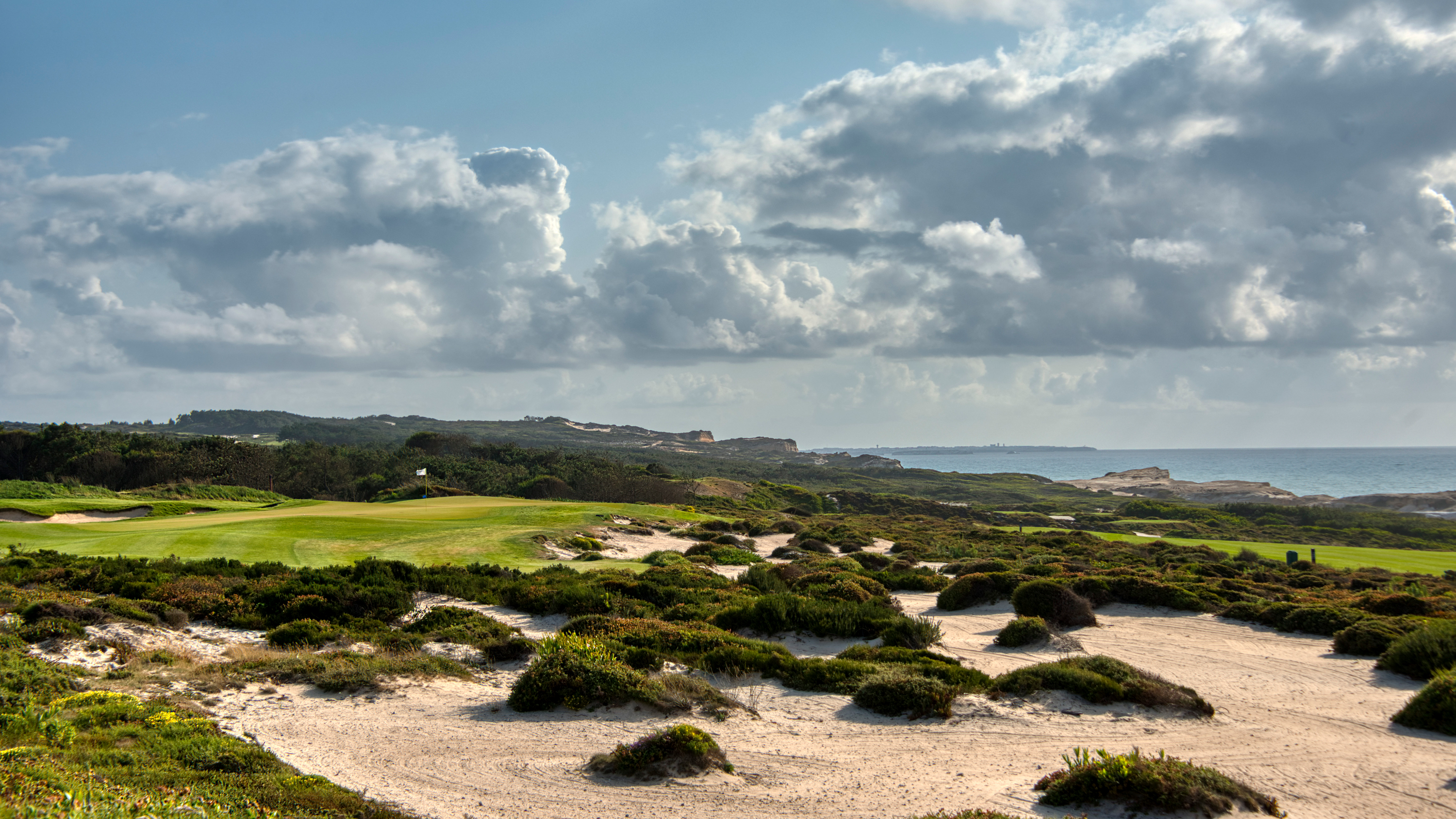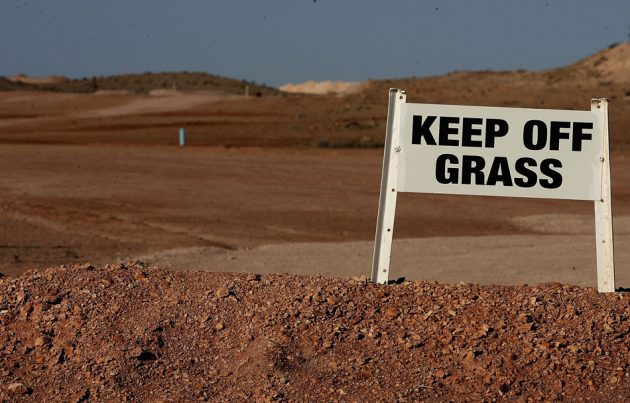How Can Golf Be More Sustainable?
As we come to the end of this inaugural Sustainable Golf Week, we consider the future of the game and ask how can golf be more sustainable?


The theme for Friday during this inaugural Sustainable Golf Week, hosted by the GEO Foundation for Sustainable Golf, is “Moving Day.” We’ve considered aspects of sustainability through the week: the extent of the challenges golf faces, the part you can play as an individual golfer, the role of the elite game, the future of greenkeeping and the importance of golf to cities and urban areas. Here we look more broadly to the future and try to answer the question, how can golf be more sustainable? The GEO Foundation for Sustainable Golf focuses on six key elements when looking to the future of sustainable golf. They are:
Fostering Nature

Golf is played on 39,000 courses around the world, covering an area roughly the size of Belgium. Half of that area is natural or semi natural habitat. In towns and cities, golf courses are oases of green, elsewhere they are often important for protecting coastal strips or providing buffers for wetlands.
To foster nature on golf courses we must look to understand the landscape and the context on a course-by-course basis. To find natural solutions to integrate with the surrounding ecology. There should be a focus on protecting and fostering rare and priority species while boosting overall diversity around the golf course and there should be a premium placed on safeguarding the quality of the environment, preventing pollution in air, soil and water and minimising noise and disturbance.
Conserving Resources

The goal should be to avoid consumption of non-renewable resources – fossil fuels, potable water and single-use materials. The key is adaptation and innovation when it comes to the use of water, energy and materials.
All best practices and available technologies should be implemented to conserve water on the golf course and surrounding facilities – water capture, treatment and storage should all be considered.
When it comes to energy, cleaner energy-efficient technologies should be favoured, and all avenues of renewable energy should be explored. We should be moving to electrifying all golf course machinery in future.
A reduction in the overall consumption of materials should be the aim with re-using, recycling and waste avoidance top of the priority list.
Subscribe to the Golf Monthly newsletter to stay up to date with all the latest tour news, equipment news, reviews, head-to-heads and buyer’s guides from our team of experienced experts.
Taking Climate Action

We’re all very aware of the need to take climate action in every element of life. Within golf we can look to help the cause by reducing emissions and minimising resource consumption, recycling, trying to shorten supply chains and reducing use of transport. Even changing menus in clubhouses to feature more local ingredients can help.
The golf course provides carbon storage and this can be maximised by allowing natural vegetation to thrive, planting more trees and managing turf correctly to boost biological activity. Basically, taking every action to ensure golf is:
Driving Net Zero
A platform for clubs, tournaments, organisations and golfers to make positive strides towards net zero – the aim being a 50% reduction in CO2 in golf by 2030 and achieving Net Zero by 2040.
Strengthening Communities

Sustainability is also about driving social responsibility, inclusivity and equity in the community around a golf facility. The objectives being, to promote the physical and mental health benefits of golf, to provide value to the wider community by making the facility accessible and providing opportunities for education and volunteering. Also, inspiring staff, members and visitors to the golf facility by increasing awareness of the local environment.
Sustainable Development Goals
The 17 Sustainable Development Goals adopted by all United Nation Member states in 2015 are integrated into the concept and vision for sustainable golf. The goals seek to guide society towards equitable and sustainable living. And goals including Life on Land; Good Health; Sustainable Cities and Communities; Good Jobs and Economic Growth; Responsible Consumption and Production and Climate Action are particularly applicable to golf.
Through Sustainable Golf Week, the focus has been on different aspects of sustainability within golf. Here’s the schedule:
Tuesday 4th: Golf Courses of the Future
Wednesday 5th: Big and Visible – The Professional Game
Thursday 6th: Golf, Cities and Land
Friday 7th: Moving Day
Saturday 8th: Highlights of the Week
Sunday 9th: Driving Further
Visit Sustainable Golf Week and GEO Foundation to find out more.

Fergus is Golf Monthly's resident expert on the history of the game and has written extensively on that subject. He has also worked with Golf Monthly to produce a podcast series. Called 18 Majors: The Golf History Show it offers new and in-depth perspectives on some of the most important moments in golf's long history. You can find all the details about it here.
He is a golf obsessive and 1-handicapper. Growing up in the North East of Scotland, golf runs through his veins and his passion for the sport was bolstered during his time at St Andrews university studying history. He went on to earn a post graduate diploma from the London School of Journalism. Fergus has worked for Golf Monthly since 2004 and has written two books on the game; "Great Golf Debates" together with Jezz Ellwood of Golf Monthly and the history section of "The Ultimate Golf Book" together with Neil Tappin , also of Golf Monthly.
Fergus once shanked a ball from just over Granny Clark's Wynd on the 18th of the Old Course that struck the St Andrews Golf Club and rebounded into the Valley of Sin, from where he saved par. Who says there's no golfing god?